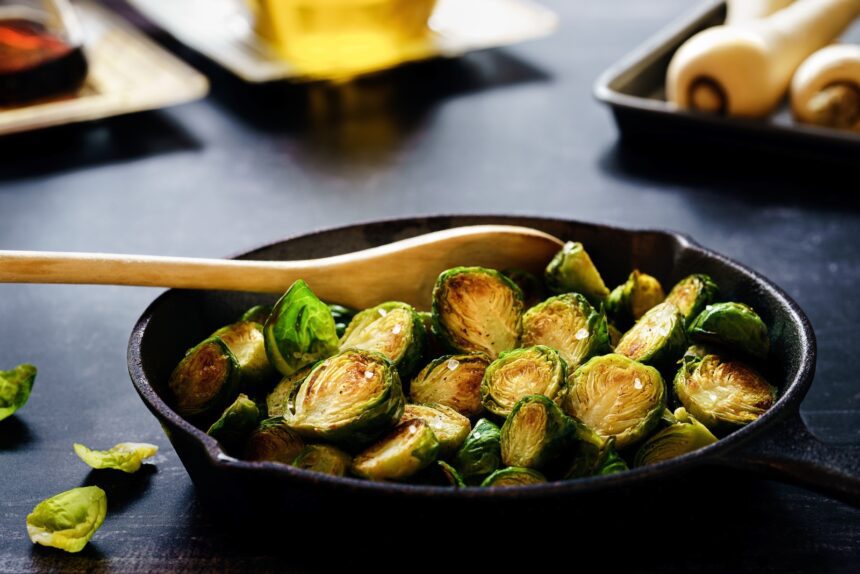You don’t have to stop eating fresh, seasonal fruits and veggies when the weather gets cold. There are tons of fruits and veggies that you can find at your local farmer’s market (don’t forget many still open in the winter) or at a neighborhood grocery store.
Kumquats
A small citrus fruit originally from China, kumquats are similar to oranges in both taste and nutrition. This tangy fruit is low in calories and high in vitamin C and antioxidants. And the best part? The edible skin is loaded with essential oils.
Winter leek
Leeks are related to garlic and onions and offer many health benefits, including protecting blood vessels and decreasing inflammation. They’re also high in vitamin A and K. Leeks are great served as a baked side dish, diced up atop a salad, or cooked into soups and stews.
Parsnips
This root vegetable is loaded with vitamin C, E, B6, and folate. Parsnips are also high in soluble fiber, which helps to lower cholesterol, decrease inflammation, and keep blood sugar balanced. Cooking tip: Mash them as an alternative to mashed potatoes.
Kale
One of the healthiest veggies you can eat, kale is loaded with vitamin K, A, and heart-healthy omega-3s. High in fiber, kale has been linked to lower cholesterol and a decreased risk of cancer. Cooking tip: Steam kale to get the most nutrients.
Persimmons
This Japanese fruit is low in calories, packed with fiber, and contains 80 percent of your daily vitamin C needs. The phytonutrient blend found in persimmons helps decrease inflammation, fight free radicals, and promote eye health.
Butternut squash
Butternut squash is one of the best sources of carotenoids, powerful antioxidants known for helping fight free radicals in the body. It’s also high in vitamins A and C, fiber, and omega-3s, which help to protect the heart and decrease inflammation.
Kabocha squash
This Japanese squash, often used in Thai cooking, is low in calories 40 per cup), low in carbs, and high in beta-carotene and fiber. Cooking tip: Cook and eat this veggie with the skin on for an increased boost of fiber.
Quince
Related to apples and pears, quince is a sweet fruit. It’s loaded with fiber, antioxidants, and vitamin C. The hard flesh is often tough to eat raw but often cooked down into jellies, preserves, and tarts.
Brussel sprouts
This delicious veggie is packed with vitamin K and C. Plus, its high-fiber content is linked to lowering cholesterol and protecting DNA. Cooking tip: To get the most nutrient
benefits, steam Brussels sprouts.


